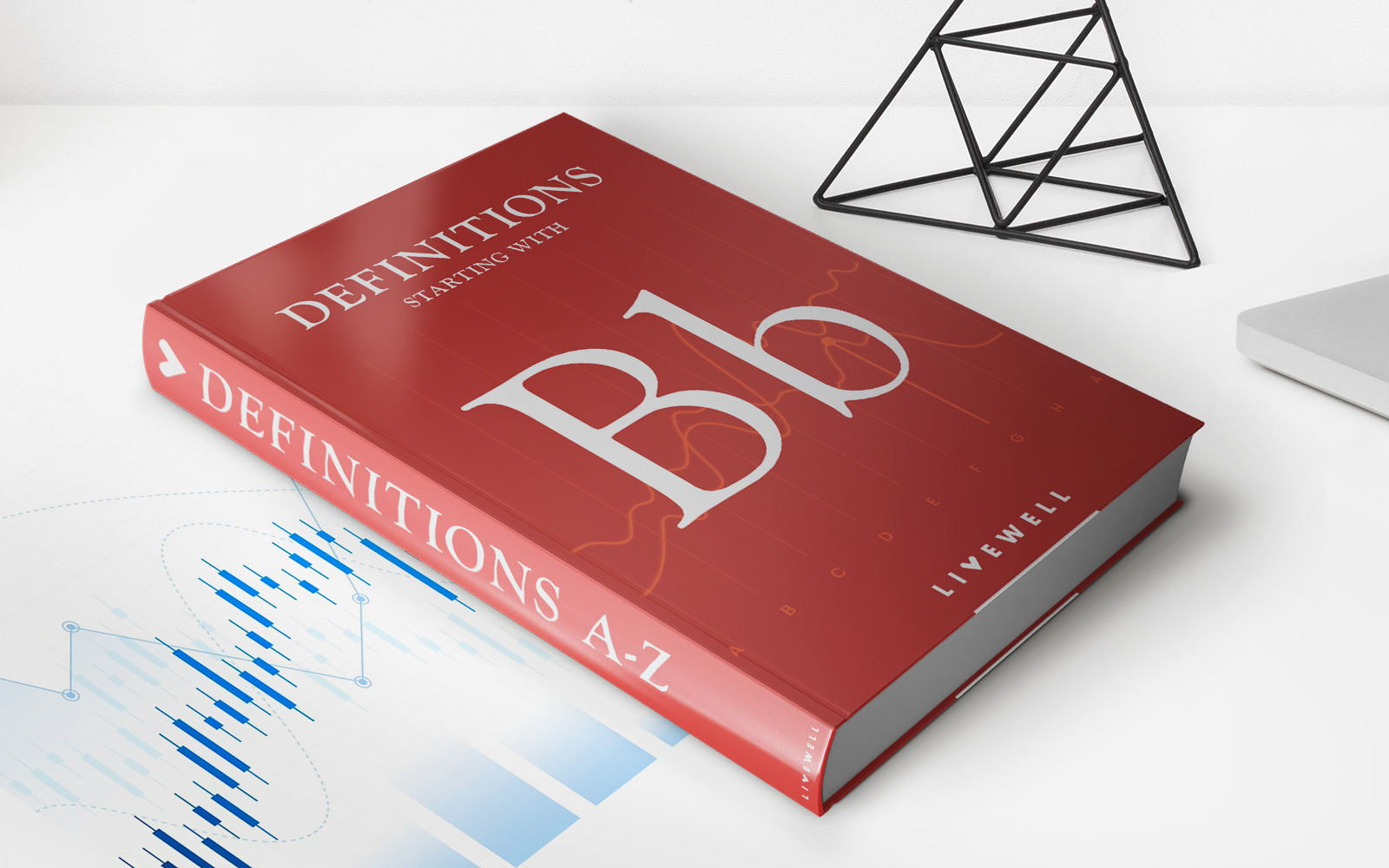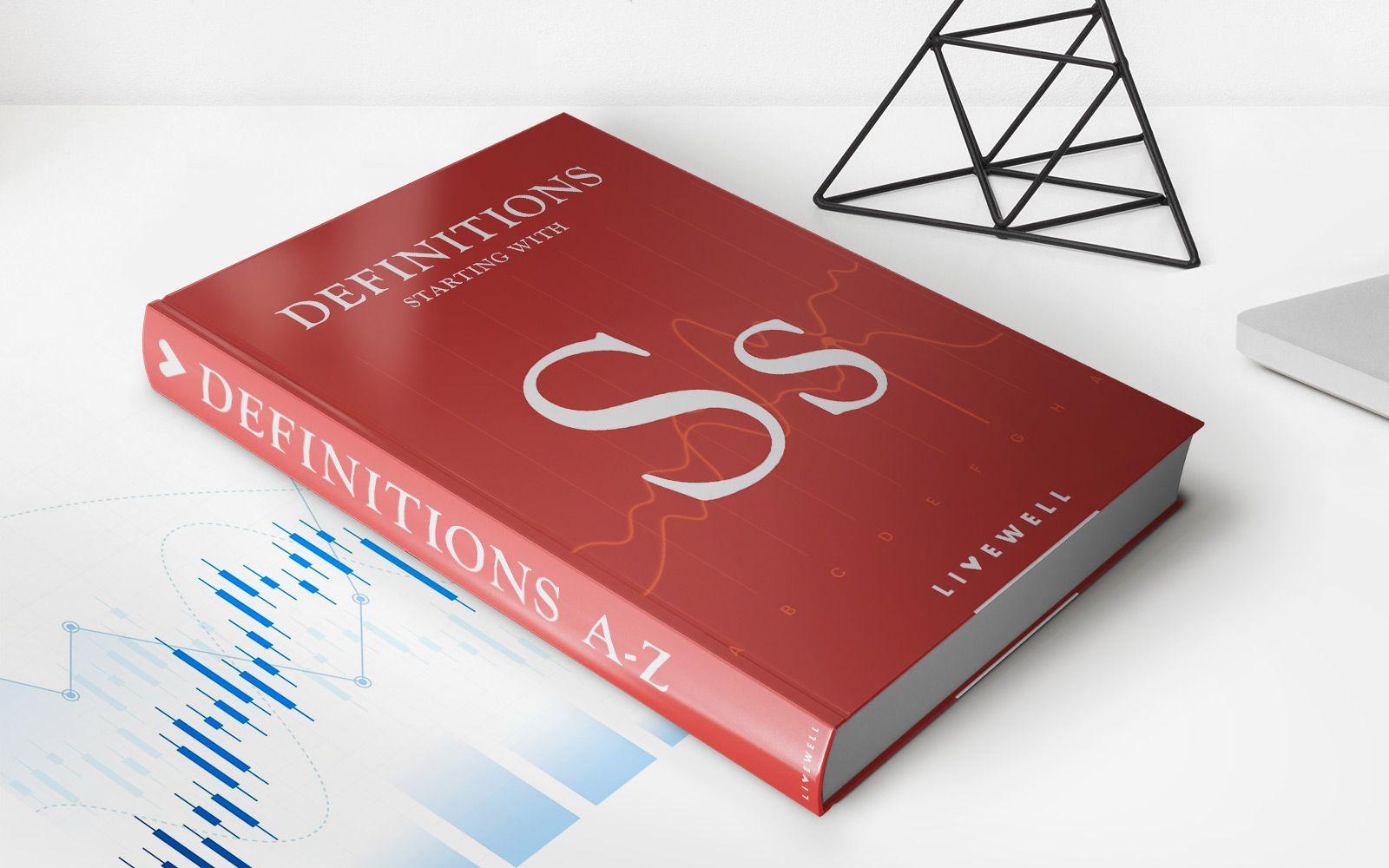

Finance
How Long Does A Student Loan Take
Published: October 22, 2023
Looking to finance your education? Find out how long it takes to pay off a student loan and manage your finances effectively.
(Many of the links in this article redirect to a specific reviewed product. Your purchase of these products through affiliate links helps to generate commission for LiveWell, at no extra cost. Learn more)
Table of Contents
Introduction
Student loans are a common financial tool used by millions of individuals to fund their higher education. However, the process of repaying student loans can be a daunting and lengthy one. Many students and graduates wonder how long it will take to fully repay their loans and become debt-free.
The duration of student loan repayment can vary widely depending on several factors, such as the amount borrowed, the interest rate, the repayment plan chosen, and the borrower’s financial situation. It is crucial to understand these factors to effectively manage and pay off student loans.
In this article, we will explore the various factors that can affect student loan repayment and provide insights into the average time it takes to repay student loans. We will also discuss different repayment options and strategies, along with tips for accelerating loan repayment. Additionally, we will touch on loan forgiveness programs that can help borrowers eliminate some or all of their student loan debt.
Understanding the nuances of student loan repayment can empower borrowers to make informed financial decisions and take control of their debt. So let’s dive deeper into this topic and shed light on the question of how long it takes to repay student loans.
Factors Affecting Student Loan Repayment
Several key factors influence the length of time it takes to repay student loans. Understanding these factors can help borrowers develop effective strategies for managing their debt. Below are the primary factors that affect student loan repayment:
- Loan Amount: The total amount borrowed plays a significant role in determining the repayment duration. Generally, the higher the loan amount, the longer it takes to pay off the debt.
- Interest Rate: The interest rate on the student loan affects the overall cost and repayment timeframe. Higher interest rates mean more interest accrues, leading to a longer repayment period.
- Repayment Plan: The repayment plan chosen by the borrower can impact the duration of loan repayment. Plans such as the standard repayment plan typically have a fixed term of 10 years, while extended or income-driven repayment plans may offer longer terms.
- Borrower’s Income: The borrower’s income level can determine their ability to make monthly loan payments. With higher earnings, borrowers may have more flexibility to pay off their loans faster.
- Financial Situation: Other financial factors, such as expenses, debts, and financial obligations, can influence the borrower’s ability to meet their student loan repayment obligations.
- Extra Payments: Making extra payments towards the principal balance can shorten the repayment duration. By allocating additional funds towards the loan, borrowers can pay off their debt faster and save on interest.
- Refinancing or Consolidation: Refinancing or consolidating student loans can impact repayment length. These options allow borrowers to adjust their interest rates or combine multiple loans into a single, more manageable payment.
It is important to consider these factors when developing a repayment plan for student loans. By understanding the variables at play, borrowers can make informed decisions to effectively manage their debt and potentially shorten the repayment duration.
Average Time to Repay Student Loans
The average time it takes to fully repay student loans can vary significantly depending on the individual’s circumstances and factors mentioned earlier. However, there are some general timelines that can provide a baseline understanding of the repayment duration.
On average, it takes about 10 years to repay student loans for individuals who choose the standard repayment plan. This plan offers fixed monthly payments over a 10-year term. It is the most common repayment option and provides borrowers with a clear timeline for debt elimination.
However, many borrowers opt for alternative repayment plans, such as income-driven repayment (IDR) plans. These plans can extend the repayment period up to 20 or 25 years, depending on the specific plan chosen. IDR plans adjust monthly payment amounts based on the borrower’s income and family size, making the payments more affordable but potentially increasing the repayment duration.
It’s important to note that the average time to repay student loans is also influenced by the total loan amount. Higher loan amounts typically require longer repayment periods, while smaller loans can be repaid more quickly.
Borrowers who make extra payments, either through a lump-sum payment or by increasing their monthly payments, can reduce the repayment time significantly. By allocating additional funds towards the principal balance, borrowers can potentially pay off their student loans years ahead of the original repayment schedule.
Additionally, borrowers who qualify for loan forgiveness programs, such as Public Service Loan Forgiveness (PSLF) or Teacher Loan Forgiveness, may have their loans forgiven after a certain number of years of qualifying payments. This can significantly reduce the repayment duration, sometimes as low as 10 years for PSLF participants.
Keep in mind that these average repayment times are based on general trends and should be used as a reference point. Individual circumstances and choices can significantly impact the actual time it takes to repay student loans.
Next, we will explore different repayment options and strategies that can help borrowers manage their student loan debt effectively.
Repayment Options and Strategies
When it comes to repaying student loans, borrowers have several options and strategies to choose from. These can help make the repayment process more manageable and potentially shorten the overall duration of loan repayment. Let’s explore some common repayment options and strategies:
1. Standard Repayment Plan: This is the default repayment plan offered by most loan servicers. It involves fixed monthly payments over a 10-year term. While the monthly payments may be higher compared to other plans, this option allows borrowers to pay off their loans faster and save on interest in the long run.
2. Income-Driven Repayment (IDR) Plans: IDR plans adjust monthly payments based on the borrower’s income and family size. These plans provide more flexibility for those struggling with large loan balances or low incomes. Depending on the specific IDR plan chosen, repayment durations can range from 20 to 25 years. At the end of the repayment term, any remaining loan balance may be forgiven.
3. Graduated Repayment Plan: This plan starts with lower monthly payments that gradually increase every few years. It is beneficial for borrowers who anticipate an increase in their income over time. The repayment term typically ranges from 10 to 30 years, depending on the loan amount.
4. Extended Repayment Plan: This plan extends the repayment term beyond the standard 10-year period, typically up to 25 or 30 years. It reduces monthly payments but may result in more interest accruing over time.
5. Loan Refinancing: Refinancing involves replacing your existing student loans with a new loan that often has a lower interest rate. By refinancing, borrowers can potentially save money on interest and reduce the overall repayment duration.
6. Accelerating Loan Repayment: Increasing monthly payments or making extra payments towards the principal balance can help borrowers pay off their loans faster. This strategy reduces the total interest paid and shortens the repayment duration. It is particularly useful for borrowers with extra income or windfalls.
7. Budgeting and Financial Planning: Creating a budget and managing expenses can free up additional funds to put towards student loan repayment. By prioritizing loan payments and controlling discretionary spending, borrowers can make progress in paying off their debt.
It is important for borrowers to thoroughly understand the terms and conditions of each repayment option before making a decision. Loan servicers and financial advisors can provide guidance and help borrowers select the best repayment strategy based on their specific financial situation.
Next, we will explore loan forgiveness programs that can potentially eliminate a portion or all of a borrower’s student loan debt.
Loan Forgiveness Programs
Loan forgiveness programs offer borrowers an opportunity to eliminate a portion or all of their student loan debt. These programs are typically available to borrowers who meet certain criteria, such as working in specific industries or fulfilling specific service requirements. Let’s explore some common loan forgiveness programs:
1. Public Service Loan Forgiveness (PSLF): This program forgives the remaining loan balance for borrowers who have made 120 qualifying payments while working full-time for a qualifying employer, usually in government or non-profit sectors. After 10 years of qualifying payments, the remaining loan balance is forgiven. It is essential for borrowers to meet all the program requirements to qualify for PSLF.
2. Teacher Loan Forgiveness: This program is designed for teachers who work in low-income schools or educational service agencies. Eligible borrowers who have taught full-time for five consecutive years may qualify for forgiveness of up to $17,500 on their direct subsidized and unsubsidized loans. Additional loan forgiveness options are available for teachers in certain disciplines, such as math, science, or special education.
3. Income-Driven Repayment (IDR) Forgiveness: Borrowers enrolled in an income-driven repayment plan may be eligible for loan forgiveness after making a certain number of qualifying payments, typically 20 or 25 years. The remaining loan balance is forgiven at the end of the repayment term, but borrowers should be aware that the forgiven amount may be taxed as income in the year of forgiveness.
4. Military Loan Forgiveness: Active-duty military personnel, veterans, and members of the National Guard may qualify for loan forgiveness through various military loan forgiveness programs. The forgiveness amount varies depending on the specific program and service commitment.
5. State-Specific Loan Forgiveness: Some states offer loan forgiveness programs to incentivize professionals to work in high-need areas or in specific fields, such as healthcare or education. These programs often require a commitment to working in designated areas or fulfilling other service requirements.
It is important to note that loan forgiveness programs may have specific eligibility criteria and application processes. Borrowers should thoroughly research and understand the requirements of each program they plan to pursue. It is also crucial to keep detailed records of payments and fulfill all the necessary obligations to ensure eligibility for loan forgiveness.
Loan forgiveness can provide significant relief for borrowers burdened by student loan debt. However, it is essential to explore all options and understand how loan forgiveness may impact your financial situation before committing to a specific program.
Next, we will discuss tips for accelerating student loan repayment and becoming debt-free sooner.
Tips for Accelerating Loan Repayment
Paying off student loans early can provide financial freedom and save borrowers thousands of dollars in interest over time. If you’re looking to accelerate your loan repayment and become debt-free sooner, here are some tips to consider:
1. Create a Budget: Start by assessing your income and expenses to create a budget that allows for higher monthly loan payments. Cut back on discretionary spending and allocate more funds towards your student loans.
2. Make Extra Payments: Whenever possible, make additional payments towards your loan principal. Even small amounts can add up and help reduce the overall loan balance, saving you money on interest over time.
3. Consider Biweekly Payments: Instead of making one monthly payment, switch to biweekly payments. With this approach, you make half of your monthly payment every two weeks. This equals an extra monthly payment each year, which can significantly reduce the loan term.
4. Exploit Windfalls and Bonuses: If you receive any unexpected sources of income, such as work bonuses, tax refunds, or inheritances, put a portion or all of it towards your student loans. These windfalls can provide a significant boost to your repayment efforts.
5. Refinance Your Loans: Consider refinancing your student loans to secure a lower interest rate. This can help you save money on interest over the life of the loan and potentially reduce the repayment duration.
6. Live Within Your Means: Avoid taking on additional debt and focus on living within your means. By resisting the temptation to overspend, you can allocate more funds towards your loan payments and expedite your journey to becoming debt-free.
7. Explore Side Hustles: Consider taking on a part-time job or side gig to generate extra income. Use the additional earnings to make larger loan payments and chip away at your debt more quickly.
8. Seek Employer Assistance: Research if your employer offers any student loan repayment assistance programs. Some companies provide contributions towards employees’ loan payments, which can help accelerate your repayment journey.
9. Automate Payments: Set up automatic payments to ensure you never miss a due date. Some loan servicers offer interest rate reductions for borrowers who enroll in automatic payment programs, saving you money over time.
10. Stay Motivated and Focused: Paying off student loans can be a long journey, so it’s important to stay motivated and focused on your goal. Celebrate milestones along the way and remind yourself of the financial freedom you will achieve once your loans are fully repaid.
Implementing these tips can help you accelerate your student loan repayment and achieve your goal of becoming debt-free sooner. Every extra dollar you put towards your loans brings you one step closer to financial freedom.
Now, let’s summarize what we’ve discussed and conclude the article.
Conclusion
Repaying student loans can be a significant financial burden, but with the right knowledge and strategies, borrowers can navigate the repayment process successfully. Understanding the factors that impact student loan repayment, such as loan amount, interest rate, and repayment plan, is crucial in managing and planning for repayment.
On average, it takes about 10 years to repay student loans using the standard repayment plan. However, borrowers have the flexibility to choose alternative repayment options, such as income-driven plans or extended repayment terms, based on their financial circumstances and goals.
In addition to repayment options, borrowers can explore loan forgiveness programs that provide opportunities to eliminate a portion or all of their student loan debt. Programs like Public Service Loan Forgiveness (PSLF) and Teacher Loan Forgiveness offer relief to borrowers working in specific industries or fulfilling service requirements.
To expedite loan repayment, borrowers can adopt various strategies such as making extra payments, refinancing loans for better interest rates, and living within their means. It’s important to create a budget, explore additional income sources like side hustles, and stay motivated throughout the repayment journey.
While each borrower’s situation is unique, the key is to be proactive and informed about the available options. By taking control of your student loan repayment and making strategic choices, you can accelerate your progress and achieve financial freedom sooner.
Remember, student loan repayment is a marathon, not a sprint. It requires discipline, perseverance, and careful planning. With determination and the right tools at your disposal, you can successfully repay your student loans and move towards a brighter financial future.
Now that you have a better understanding of student loan repayment, take the necessary steps to design your repayment strategy and set yourself on the path to becoming debt-free. Good luck!














